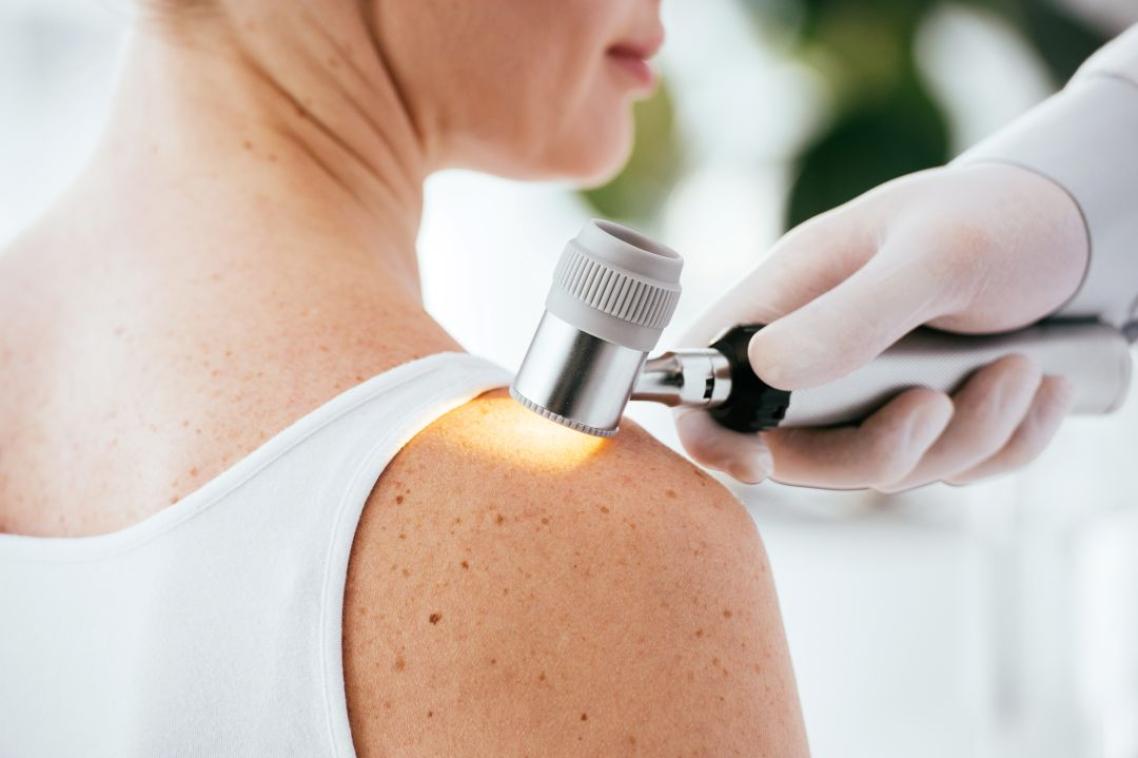Household pesticides pose exposure risk for small children

Calls to a poisons hotline have revealed a disproportionate number of young children referred to hospital following suspected exposure to a household bug and spider spray.
The University of Queensland analysed insecticide-related calls made to the Queensland Poisons Information Centre during 2014.
PhD candidate Karin English said the study found cockroach baits and ant liquid to be the most common sources of suspected insecticide exposure for children under five, accounting for 39 per cent of calls.
“Children in the one-year age group were at greatest risk – as they’re at that stage where they spend a lot of the time on the floor and put things in their mouth,” Ms English said.
Bug sprays containing pyrethroids, pyrethrins, piperonyl butoxide – and the more harmful organophosphate diazinon – accounted for almost 26 per cent of calls.
“One particular spider and bug killer – Crawly Cruncher, sold as a liquid in a plastic spray bottle – contained an organophosphate,” she said.
“We did not expect this chemical to be commonly used around the home, as small volumes could make children quite ill.
“This highlights the need for more comprehensive regulation of insecticides in Australia, and for improvements in child-proof packaging of pest control products.”
Ms English said cockroach bait casings reduced poison exposure. She said ant liquids were often placed in open containers on the floor, where children could access them.
“While these products carry a relatively low risk of poisoning, parents need to ensure that all insecticides are out of reach and stored safely.”
About half of the almost 750 insecticide-related calls received by the Queensland Poisons Information Centre in 2014 were for young children.
Exposure to sprays via direct application, typically by the child or an older sibling, peaked in children aged two.
In 12.3 per cent of calls medical attention had already been sought or was advised by the centre.
The study has been published in the Australian and New Zealand Journal of Public Health.
Media: Karin English, k.english@uq.edu.au; Kim Lyell, UQ Faculty of Medicine and Biomedical Sciences, k.lyell@uq.edu.au, +61 7 3346 5214, 0427 530 647.
Topics
Related articles
Brisbane woman runs 50km for 50 days to break barriers for para-athletes

Study challenges conventional wisdom on a common cause of melanoma
Media contact
UQ Communications
communications@uq.edu.au
+61 429 056 139
